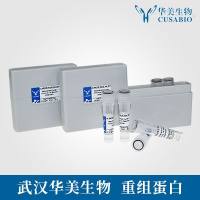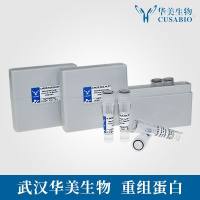Analyzing Meiosis in Barley
互联网
互联网
相关产品推荐

Recombinant-Barley-stripe-mosaic-virus-Movement-protein-TGB2Movement protein TGB2 Alternative name(s): 14 kDa protein Beta-D protein Triple gene block 2 protein; TGBp2 Cleaved into the following chain: 1. TGB2' protein
¥9940

Recombinant-Schizosaccharomyces-pombe-Cytochrome-oxidase-assembly-protein-3-mitochondrialtam3Cytochrome oxidase assembly protein 3, mitochondrial Alternative name(s): Transcripts altered in meiosis protein 3
¥9394

Recombinant-Barley-stripe-mosaic-virus-Movement-protein-TGB3Movement protein TGB3 Alternative name(s): 17 kDa protein Beta-C protein Triple gene block 3 protein; TGBp3
¥10164

Barley yellow dwarf virus ORF3 重组蛋白表达
¥2000

Barley stripe mosaic virus Replication protein alpha-A 重组蛋白表达
¥2000

